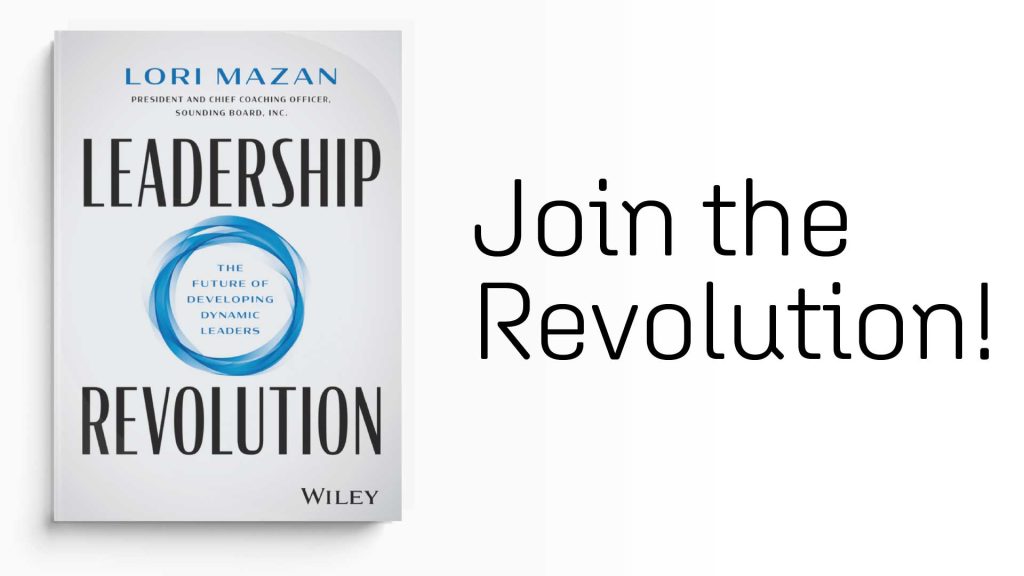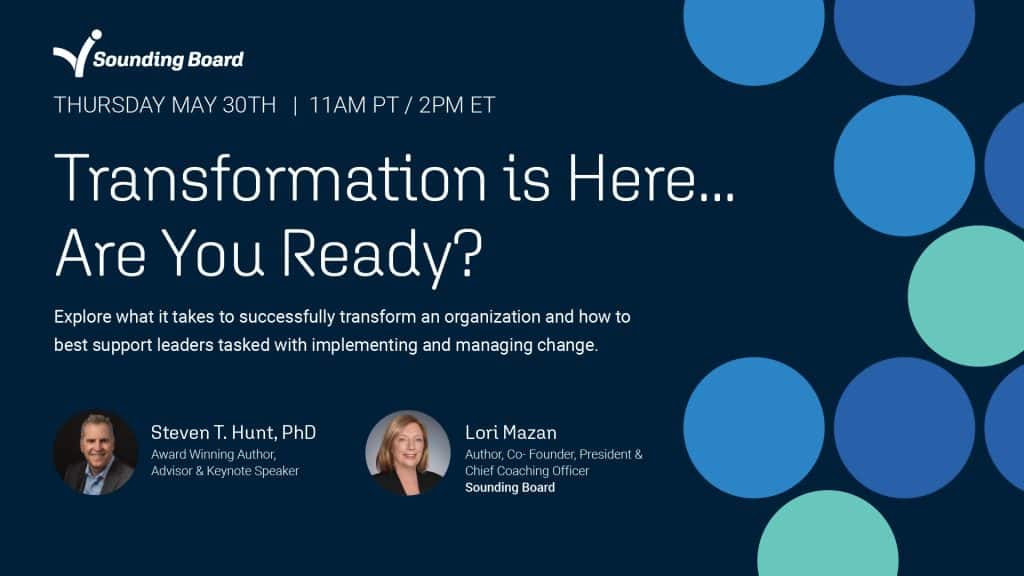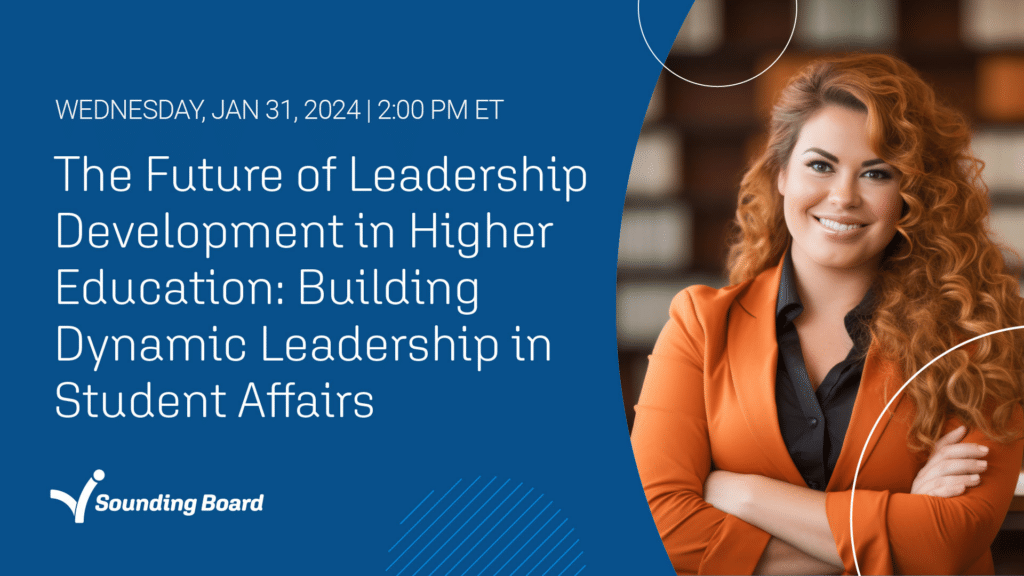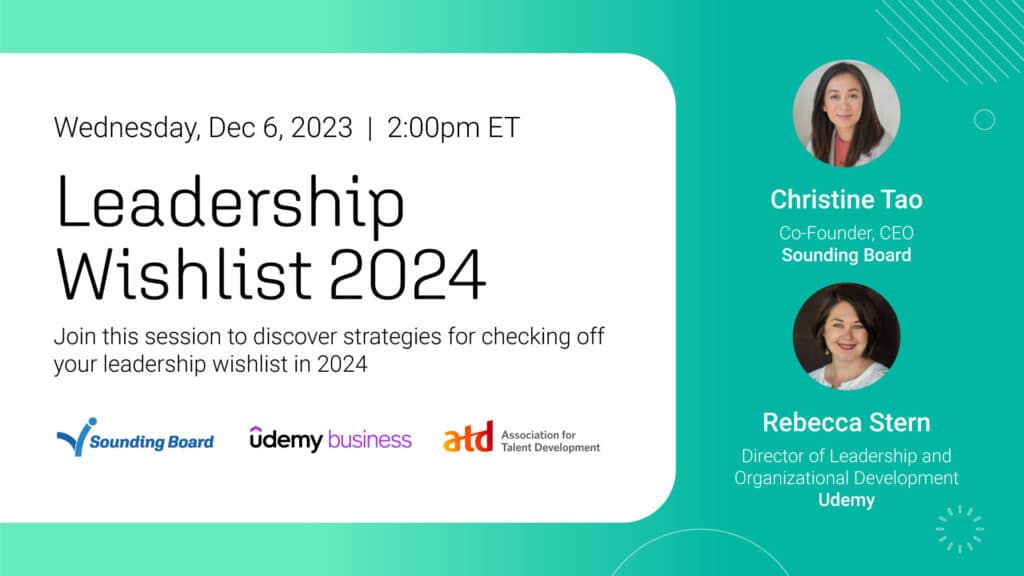Speakers
Learning Objectives
- Supporting learning in the flow of work
- Building a culture of continuous learning
- The digital transformation of learning
- Measuring the business impact of learning
- Driving learner engagement
- Getting stakeholder buy-in and support
- Scaling learning across the organization
- Identifying leadership skills gaps for the hybrid workforce
- Evaluating relevance of existing curriculum and delivery strategy
The challenges we faced throughout a global pandemic are not over yet. Not only are social distancing policies and work from home initiatives likely to stay in place until Covid-19 is fully resolved, but the ripple effects of all the change have created a brand new set of learning and development challenges. Many organizations are transitioning to a hybrid workforce, which will require a new set of leadership skills – and a new approach to learning and development.
As we transition from the health crisis to a fragile, uncertain recovery, we’re also facing an unprecedented skills shortage. A McKinsey report published in 2020 showed that nearly 90% of executives were dealing with skill gaps or predicted that they would be within the next couple of years. The shortened half life of skills has only been accelerated by Covid-19 and the change that has come with it. 69% of employers globally – a 15-year high – are struggling to find workers with the right blend of technical skills and ‘soft skills’. Maintaining a digitally ready workforce that can adapt to a changing landscape has become a priority for learning and development.
But with every challenge comes an opportunity to adapt, innovate and improve.








